WHY DO BIRDS MIGRATE?
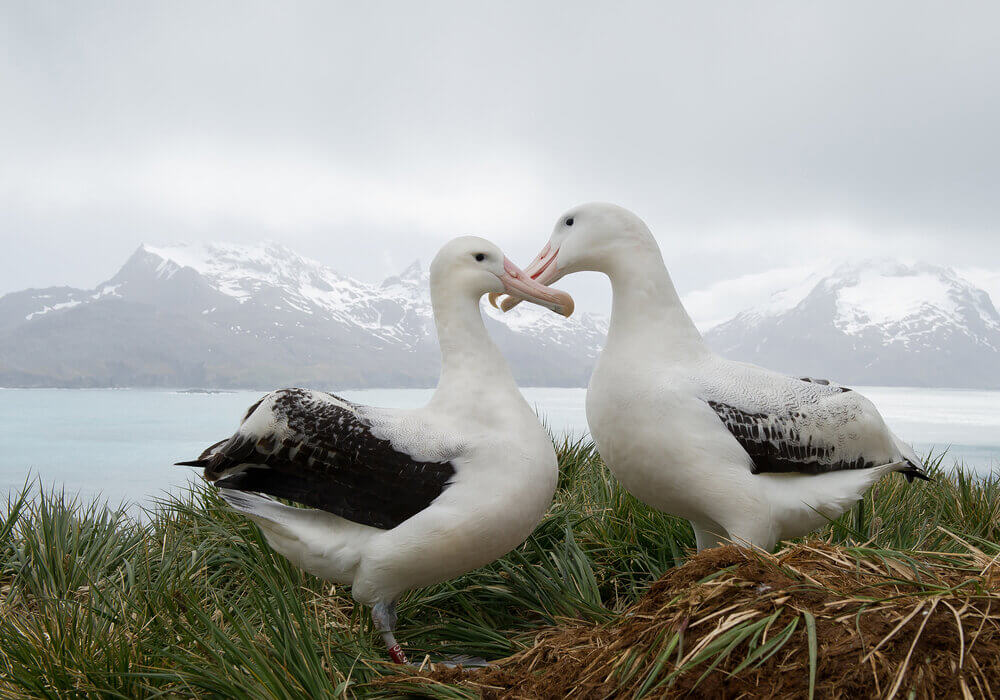
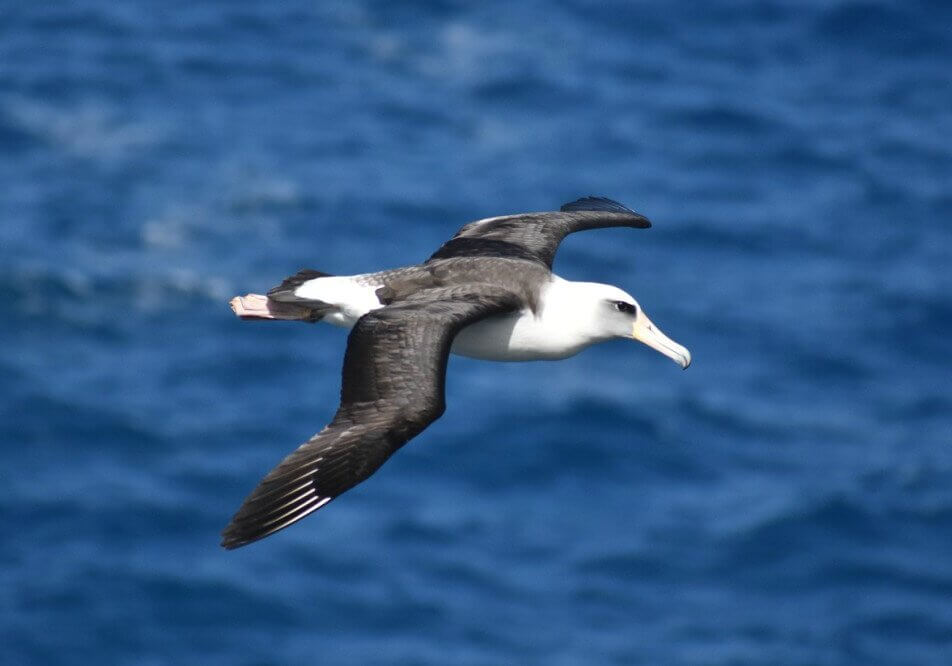
When birds travel between breeding and wintering grounds every season the movement is called migration. The move is usually along an established path often dictated by natural barriers such as the Caribbean Sea and the Mediterranean Sea.
The birds often move from areas where food is becoming depleted to locations where it is abundant. Birds also tend to move towards areas where they can find nesting locations.
For example, birds found in the northern hemisphere head north in spring, attracted by an explosion of insect numbers, nesting sites, and green plants.
As winter approaches and food sources start to dwindle, the birds move back to the south to find better food sources and escape the cold.
The arctic tern is the long-distance migration record holder. It moves between Arctic breeding grounds and the Antarctic every year, covering at least 19,000 km (12,000 mi).
Researchers estimate that arctic terns fly 2.4 million km (1.491 million mi) during their lifetimes, equivalent to three round trips to the moon.
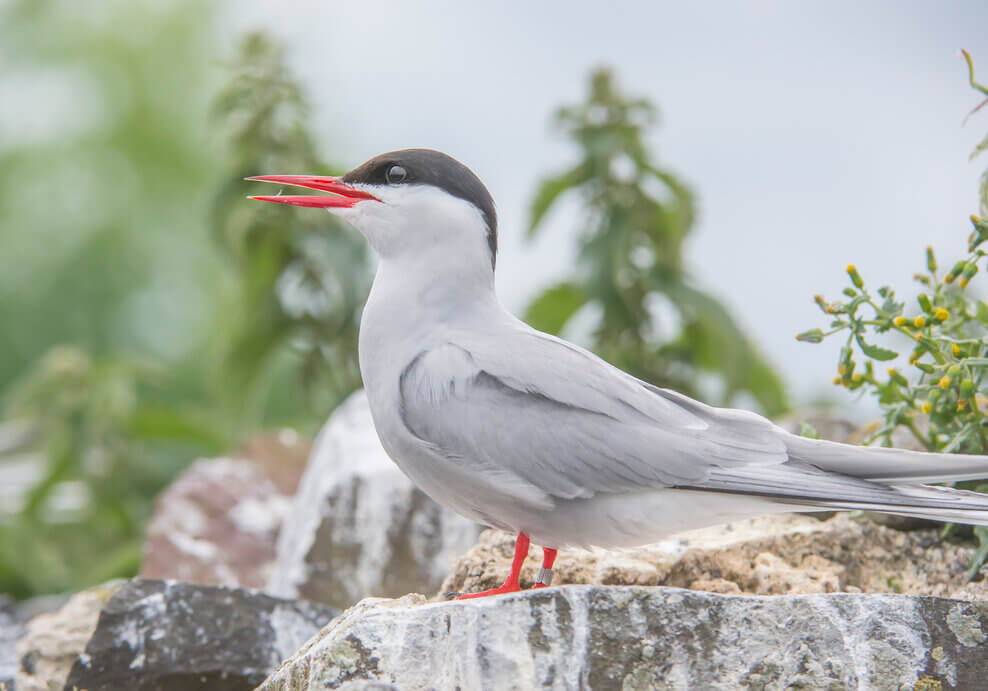
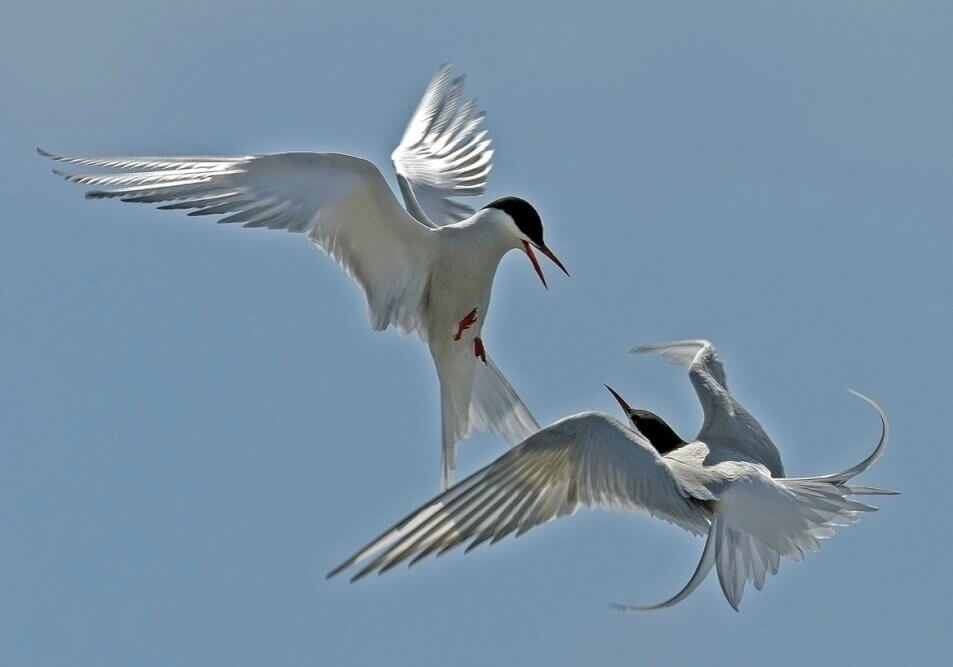
The albatrosses fly over the southern oceans, literally circling the earth annually. They ride ocean winds and may glide for hours without flapping their mighty wings.
Albatrosses can spend hours flying facing the wind which helps them to gain altitude. After that, they effortlessly start descending towards the sea. By repeating the process, they cover enormous distances with minimal effort during their migratory journeys.
Manx shearwaters are also impressive migratory birds. They travel a total distance of 14,000 km (approximately 8,700 mi) from their northern breeding grounds to the southern ocean.
The birds navigate using mental maps, luminaries including the moon, sun, and stars as well as the earth's magnetic field.
Researchers do not completely understand what triggers migration. They believe that a combination of factors is responsible. These include changes in temperatures, day length, food availability as well as genetic factors.






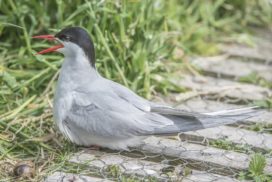

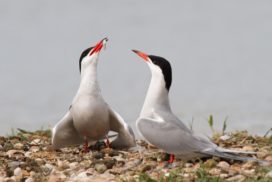
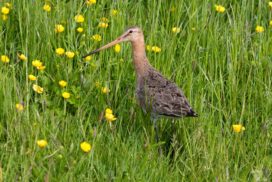
You could definitely see your expertise in the work you write. The world hopes for more passionate writers such as you who aren’t afraid to say how they believe. All the time go after your heart.